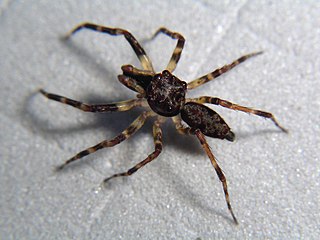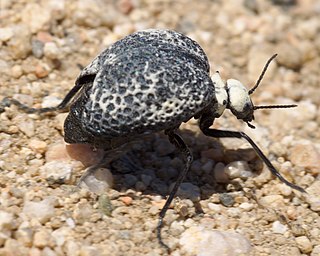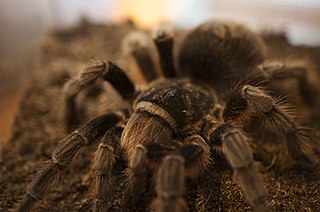
Mackerel is a common name applied to a number of different species of pelagic fish, mostly from the family Scombridae. They are found in both temperate and tropical seas, mostly living along the coast or offshore in the oceanic environment.

Herring are forage fish, mostly belonging to the family Clupeidae.

The International Union for Conservation of Nature (IUCN) Red List of Threatened Species, founded in 1964, is the world's most comprehensive inventory of the global conservation status of biological species. It uses a set of precise criteria to evaluate the extinction risk of thousands of species and subspecies. These criteria are relevant to all species and all regions of the world. With its strong scientific base, the IUCN Red List is recognized as the most authoritative guide to the status of biological diversity. A series of Regional Red Lists are produced by countries or organizations, which assess the risk of extinction to species within a political management unit.

Blister beetles are beetles of the family Meloidae, so called for their defensive secretion of a blistering agent, cantharidin. About 7,500 species are known worldwide. Many are conspicuous and some are aposematically colored, announcing their toxicity to would-be predators.

Allococalodes is a genus of Papuan jumping spiders that was first described by F. R. Wanless in 1982. As of June 2019 it contains only three species, found only in Papua New Guinea: A. alticeps, A. cornutus, and A. madidus. The name is name a combination of Ancient Greek ἄλλος, meaning "other", and the genus Cocalodes.
The World Register of Marine Species (WoRMS) is a taxonomic database that aims to provide an authoritative and comprehensive list of names of marine organisms.
Triplophysa alticeps is a species of ray-finned fish in the genus Triplophysa. These stone loaches are occasionally placed in the genus Qinghaichthys by some authorities. It is endemic to Qinghaihu Lake in Qinghai Province, China.
Sintocephalus is an extinct genus of dicynodont therapsid from the Late Permian of South Africa. Fossils are known from the Cistecephalus Assemblage Zone of the Beaufort Group. The type species of Sintocephalus, S. alticeps, was first named in 1913 as a species of Dicynodon. The genus was erected in 1934, but in subsequent years its species were often regarded as members of other dicynodont genera.
Qinghaichthys is a genus of stone loaches native to China. The genus is not recognised by Fishbase who place the species Kottelat included Qinghaichthys in Triplophysa.
iNaturalist is a social network of naturalists, citizen scientists, and biologists built on the concept of mapping and sharing observations of biodiversity across the globe. iNaturalist may be accessed via its website or from its mobile applications. As of February 2021, iNaturalist users had contributed approximately 66 million observations of plants, animals, fungi, and other organisms worldwide, and around 130,000 users were active in the previous 30 days.

Bolyphantes is a genus of dwarf spiders that was first described by Carl Ludwig Koch in 1837.

Dismodicus is a genus of dwarf spiders that was first described by Eugène Louis Simon in 1884.
Phodaga is a genus of blister beetles in the family Meloidae. There are at least two described species in Phodaga.

Cysteodemus is a genus of desert spider beetles in the family Meloidae. There are at least two described species in Cysteodemus.
Phodaga marmorata is a species of blister beetle in the family Meloidae. It is found in Central America and North America.

Cysteodemus armatus, the inflated blister beetle, is a species of blister beetle in the family Meloidae. It is found in Central America and North America. The wing covers, which are mostly glabrous, are inflated to the point of almost covering part of the thorax. They are black, densely spotted with white. The elytra are fused along the middle, meaning that the beetle cannot fly.

Grammostola alticeps is a New World spider in the tarantula family (Theraphosidae). It is endemic to Uruguay, Paraguay, and Brazil.
Leucopomyia is a genus of flies belonging to the family Chamaemyiidae.
Alticeps is a genus of planthoppers belonging to the family Achilidae.
Coptera is a genus of wasps belonging to the family Diapriidae.








